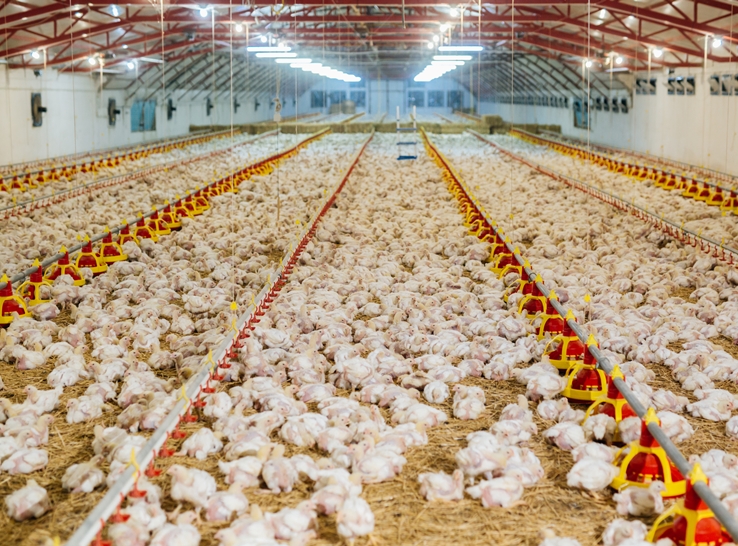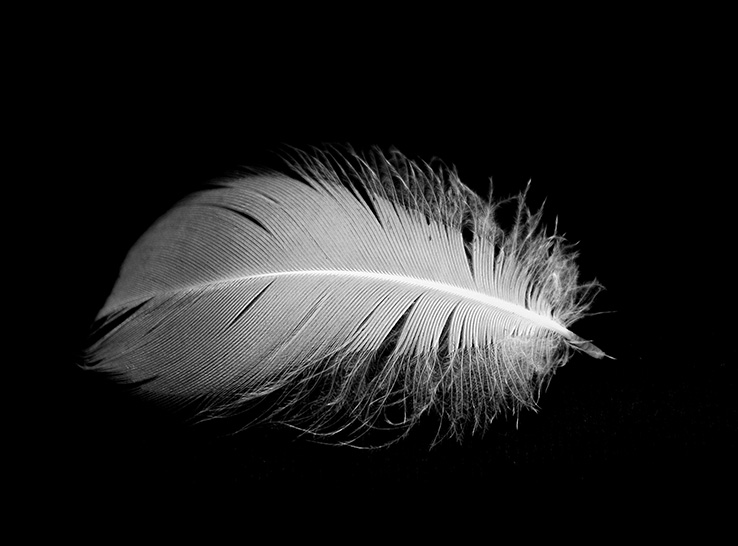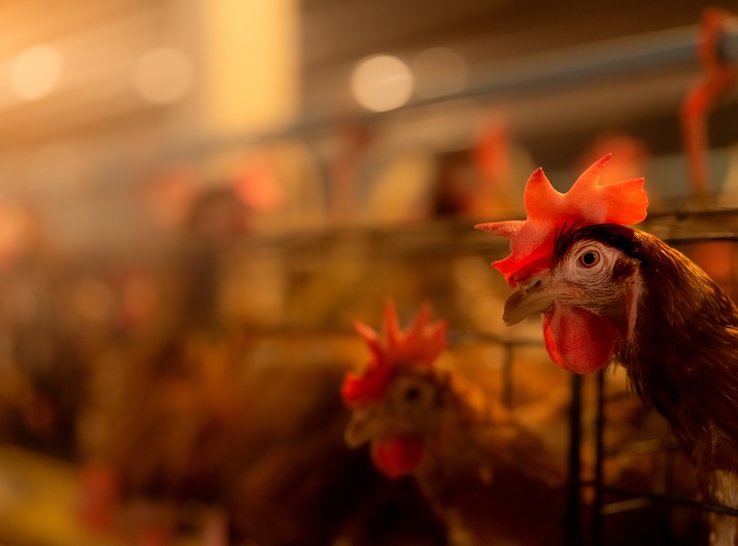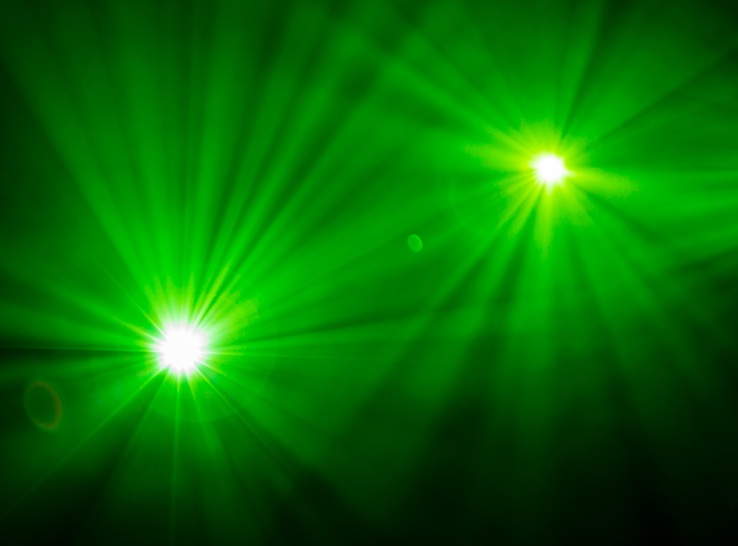Alternative lighting strategies that allow hens additional feeding opportunities during scotophase, or dark periods, can go a long way toward improving egg quality and bird welfare.
Interrupting dark periods can lead to higher eggshell-breaking strength, thickness and weight while upholding bone health, according to research presented at the 2024 International Poultry Scientific Forum by Alexis Clark, graduate student at Clemson University.
“Most eggshell formation happens during the scotophase when hens are not eating and do not have calcium available in the digestive tract,” Clark said.
“As a result, during late lay, it is not uncommon to see eggs with poor eggshell strength and birds with increased incidence of bone-health issues.”
Clark and colleagues found that changing the lighting strategy to break up dark periods associated with nighttime feeding was an effective way to reduce these problems by giving the birds an opportunity to replenish calcium.
“Our findings support scotophase interruption as a potential solution for decreasing bone fractures and inferior eggshell quality,” Clark reported. “This can help address a significant economic issue for the poultry industry, estimated to result in 20% profit loss.”
Negative effects of conventional lighting system
Laying hens in commercial systems are typically given 16 hours of continuous light and 8 hours of scotophase during the laying period, Clark explained.
The lay cycle is a 24-hour cycle that starts when the yolk is released into the oviduct. After internal components form, eggshell formation takes place over a 20-hour period, mostly during nighttime hours when hens are not consuming feed matter.
“This poses a problem for the birds because the GI tract becomes empty after about 4 hours of scotophase,” Clark said.
An empty GI tract can be extremely detrimental for laying hens during eggshell calcification, not only from an egg-quality perspective but also from an animal-welfare standpoint.
“A lack of calcium availability to the bird from the digesta can result in insufficient calcium levels in the blood from exogenous sources throughout the night. Therefore, bone becomes the main source of calcium for shell synthesis and calcification.”
Progressive bone resorption can occur during the scotophase period with no opportunity for rebuilding as the lay cycle continues, day after day. This constant resorption increases the risk of issues such as bone fractures and osteoporosis, she said.
Exploring alternative lighting strategies
To address this challenge, Clark and colleagues designed a trial to explore the effects of interrupting the scotophase period on hen performance, welfare and egg quality.
“Having the right balance between these elements is important,” Clark observed. “Good-quality eggs are in high demand for both consumers and producers, but high demands cannot be met without high-quality birds.”
The trial included 240 Hy-line W36, 17-week-old pullets. The researchers housed the pullets in 12 pens, with 20 hens per pen.
Hens in a control group of six pens were housed under a standard lighting schedule of 16 hours of artificial light and 8 hours of darkness daily. Hens in a test group were evaluated under an interrupted scotophase schedule of 15 hours of artificial light, 4 hours of darkness, 1 hour of light and then 4 hours of darkness.
The researchers monitored egg production and feed intake and collected eggs for internal and external egg-quality parameters for 3 days during week 50. Further analysis included assessing physical measures of welfare using a 0-to-2 scale.
Encouraging results
Average daily feed intake was consistent across treatments. Also, there were no significant differences in average egg weight, albumen weight, Haugh unit or yolk color.
However, eggshells of the test group had significantly higher breaking strength than those of the control group (33.6N compared to 27.22N). Eggshell thickness was higher in the test group than in the control group (6.3 mm versus 0.39 mm), as was weight (5.71 g versus 0.35 g).
The researchers did not observe significant differences in physical-welfare measures, including average scores of keel bone damage, footpad dermatitis, feather damage, and comb and skin lesions.
“Because calcium requirements are highest during scotophase, our approach focused on increasing the opportunity to replenish calcium during this period rather than on increasing dietary calcium or increasing scotophase,” Clark said.
“Our hypothesis was confirmed that scotophase interruption would produce higher quality eggs with no impact on hen performance or welfare.”
Strong economic implications
The economic and practical significance of these findings is substantial, Clark said.
“Increased light hours have been associated with increased feed intake, which is not economical for producers,” Clark said.
“A lighting strategy that gives the birds an opportunity to replenish the calcium available during the daily scotophase period, without increasing overall light hours or impacting overall feed intake, shows potential as a viable solution.”







